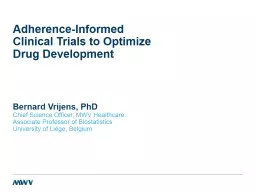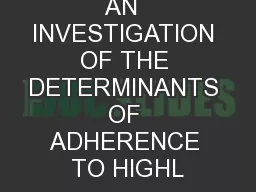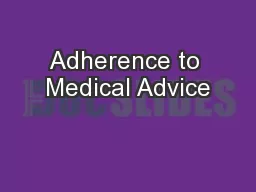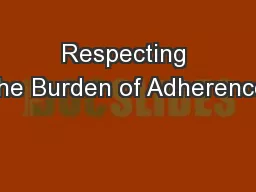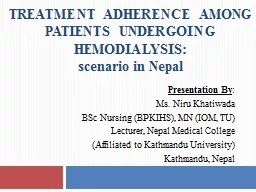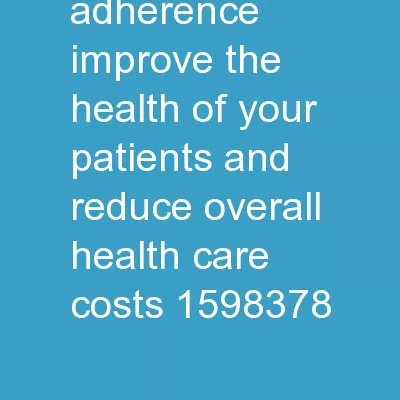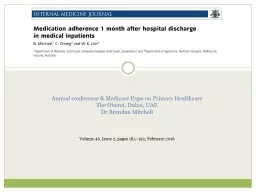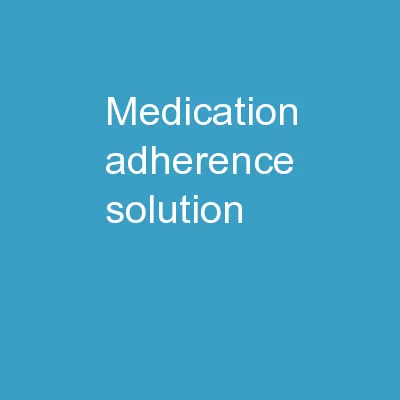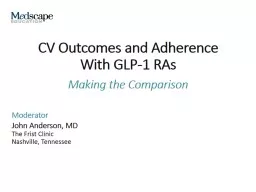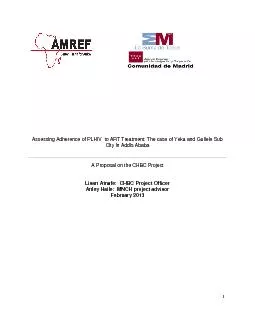PPT-Evaluating and Enhancing Adherence to Medications
Author : liane-varnes | Published Date : 2016-03-23
Bernard Vrijens PhD Chief Science Officer MWV Healthcare Associate Professor of Biostatistics University of Liège Belgium Adherence is key to therapeutic success
Presentation Embed Code
Download Presentation
Download Presentation The PPT/PDF document "Evaluating and Enhancing Adherence to Me..." is the property of its rightful owner. Permission is granted to download and print the materials on this website for personal, non-commercial use only, and to display it on your personal computer provided you do not modify the materials and that you retain all copyright notices contained in the materials. By downloading content from our website, you accept the terms of this agreement.
Evaluating and Enhancing Adherence to Medications: Transcript
Download Rules Of Document
"Evaluating and Enhancing Adherence to Medications"The content belongs to its owner. You may download and print it for personal use, without modification, and keep all copyright notices. By downloading, you agree to these terms.
Related Documents

